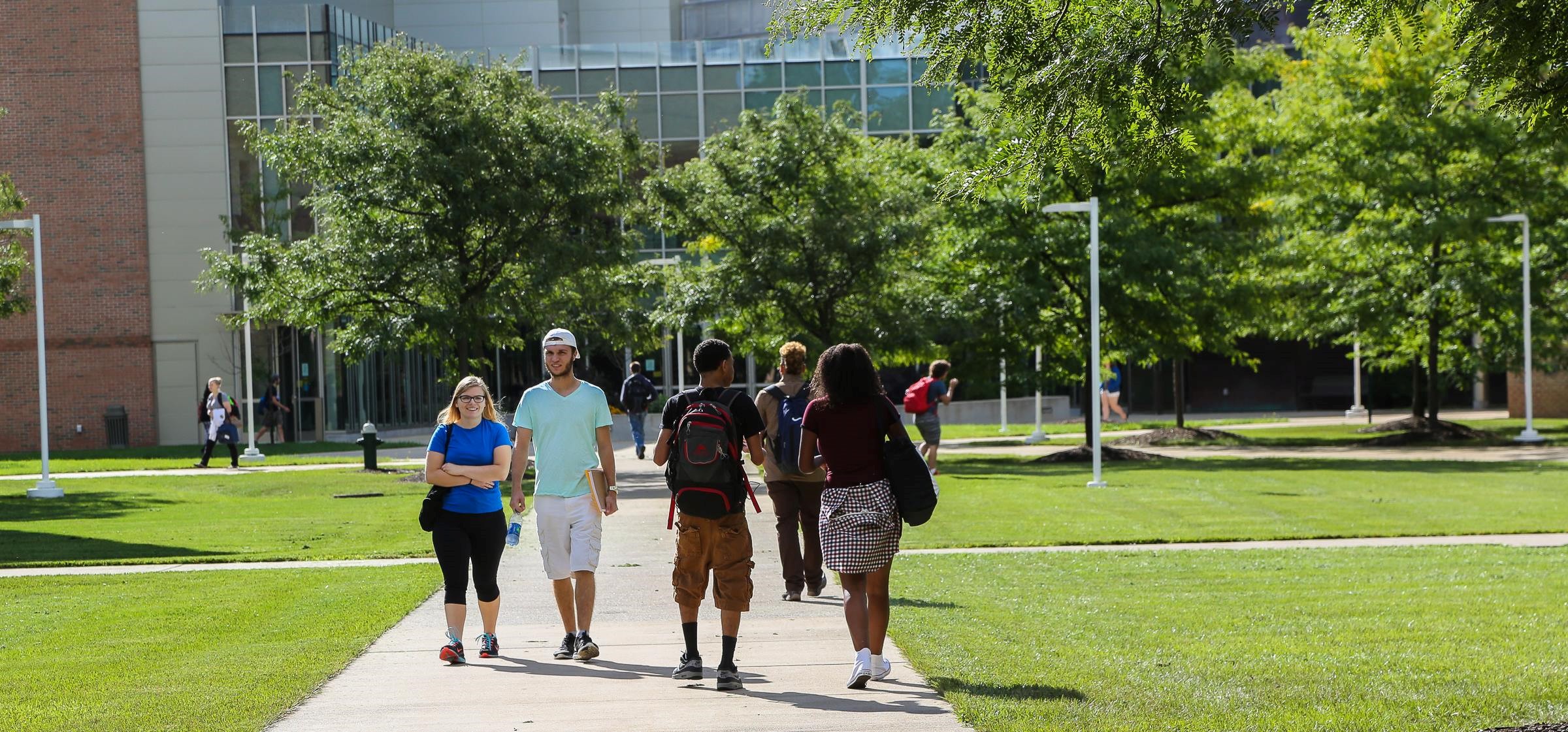Title: 2025 U.S. Student Wellbeing Survey
Source: Studiosity in partnership with YouGov
The higher education landscape is undergoing a profound transformation shaped by rapid technological advancements and shifting student expectations. The 2025 U.S. Student Wellbeing Survey, conducted by Studiosity in partnership with YouGov, offers in-depth insights into student behavior, particularly their growing reliance on AI tools for academic support.
The report states that 82 percent of U.S. students have used AI for assignments or study tasks. This trend is even more pronounced among international students, with 40 percent reporting regular AI use compared with 24 percent of domestic students. The findings make clear: AI is no longer emerging—it’s central to the student academic experience.
While student use of AI is high, only 58 percent of respondents feel their universities are adapting quickly enough to provide institution-approved AI tools, a figure that shows minimal improvement from 2024 (57 percent). Furthermore, 55 percent of students now expect their institution to provide AI support, reflecting shifting priorities among students. This year, “confidence” overtook “speed” as the main reason students prefer institution-provided AI tools, underscoring the demand for reliable and ethical solutions.
The data also highlight heightened stress levels linked to AI use, with 66 percent of students reporting some level of anxiety about incorporating AI into their studies. Students voiced concerns about academic integrity, accidental plagiarism, and cognitive offloading. One student said, “AI tools usually need a well-detailed prompt. Most times AI gets outdated data. Most importantly, the more reliable AI tools require payment, which makes things unnecessarily hard.” This highlights an equity issue in AI use, as some students reported paying for a premium AI tool to get better results. Those experiencing constant academic stress were more likely to report regular AI use, suggesting a need for support systems that integrate human connection with technological assistance.
The research emphasizes actionable strategies for universities:
- Develop or purchase institution-backed AI tools with clear ethical guidelines.
- Provide transparent and consistent policies to help students understand how to use AI responsibly.
- Integrate AI support with existing academic services to preserve human interaction and peer engagement.
- Ensure equitable, affordable access to AI technologies to avoid exacerbating existing inequalities.
As students navigate an increasingly AI-driven academic environment, universities must step into a leadership role. Providing ethical, institution-approved AI tools isn’t just about keeping pace with technology; it’s about safeguarding learning, reducing stress, and fostering confidence in academic outcomes. The 2025 survey makes one thing clear: students are ready for universities to meet them where they are in their AI use, but they are asking for guidance and assurance in doing so.
To download a copy of the USA report, click here. For global reports and surveys, including cross-institutional meta-analyses and educator surveys, click here.
If you have any questions or comments about this blog post, please contact us.










